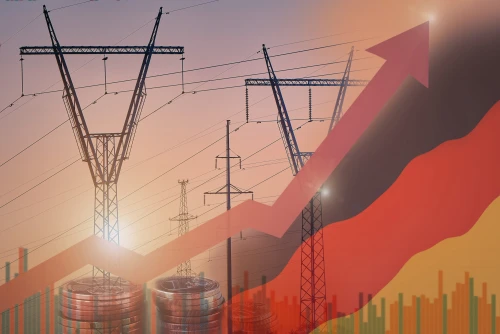
April 24th, 2025
France maintained its position as Europe’s top net exporter of power in the first half of this year.
A new report by Montel Analytics shows that in the first six months of 2024, France exported 40.8TWh more power than it imported – a 31.2% increase on its net exports in the second half of last year.

““Electricity output in France increased in the first half of this year while demand remained stubbornly low, continuing a trend that has been seen since the start of the Covid pandemic. The rise in output can be attributed to the return of large parts of the nuclear fleet and higher than anticipated levels of hydro output.
“Nuclear production increased by 10% from H2 2023 to H1 2024 and the rainiest spring for a decade led to above-normal levels of hydro production for virtually the whole of the first half of this year. Meanwhile, individual habits taken during the winter of 2023 to save energy and the absence of any discernible economic recovery kept demand 10% lower than in H1 2021, meaning that France often had a surplus of power which was exported to neighbouring countries.”
”
““An increase in solar capacity and new offshore wind farms coming fully online were key reasons why the Netherlands leapfrogged Norway into third place in the net exports league table. When solar farms were generating in the Netherlands, particularly in the second quarter of this year, this produced periods of massive excess, with conventional power and imports only required in the night, early morning and evening periods. In contrast, Norway’s hydro reserves dropped from levels seen in the second half of last year, which reduced the pressure to dump cheap power into neighbouring countries.”
”

Full analysis table:
European cross-border flows 2024